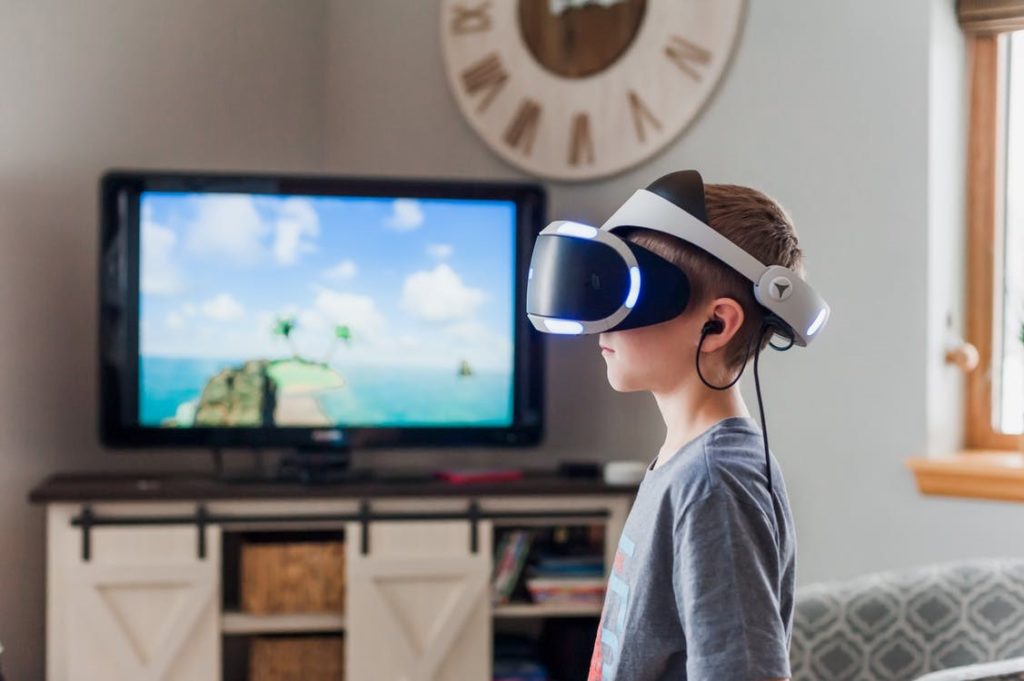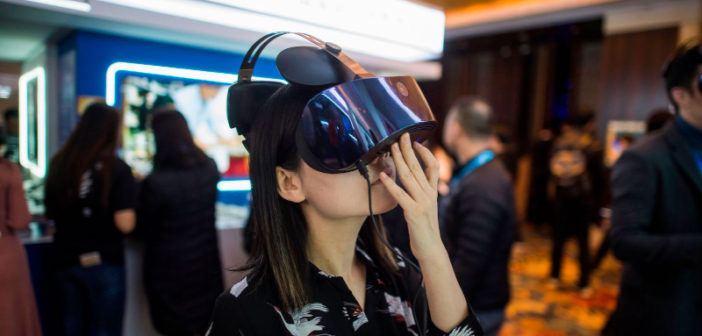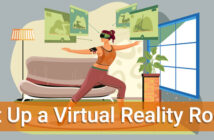What started as a novel technology promises to become a mainstay of how businesses design and organize their processes? It won’t be wrong to say that VR technology has taken over the business world in more ways than we can imagine. From the simple VR glasses to elaborate conferencing and training systems, managers continue to find new and better applications for VR in the business environment.
The potential for saving costs, increasing profitability and building customer loyalty are immense because of the highly engaging experience that this technology provides. In this article, we explore some of the amazing ways in which VR enriches the business environment, for managers, employees and customers.

1.VR offers richer marketing experiences
In the field of marketing, virtual reality has become a great way to offer immersive experiences to customers and audiences. This increases their level of engagement with the products and brands of the company. The most common strategies involve the use of games, movies and other entertainment options.
The return on this investment is quite high as people seek a mix of entertainment and information all the time. Gamification is a strategy that is increasingly being used not only in marketing and branding but also in recruitment, training and a host of other business applications and promises to provide better results.
2.VR offers more productive conferencing methods
Even though the trend has already started, virtual conferences are soon to become a mainstay of corporate event management in the coming years. Conferences, trade fairs and exhibitions are a great way to build new relationships with vendors, suppliers, distributors and customers. They allow visitors to interact with company staff and also view, touch and experience the products, along with engaging in meaningful discussions.
As these events are organized on an increasing scale, VR offers new ways of inviting thousands of visitors to engage with the products and experience them for the first time while maintaining the same richness of communication.
3. Training and development can be customized
Employee training and development also offers new applications for VR. The technology can be one of the safest ways of training employees to handle heavy equipment, dangerous tools and hazardous substances in the course of their work. Employees can be trained to handle various scenarios that they are expected to encounter in the course of their work.
For example, airline staff can be trained to respond in a crisis by offering a VR Experience. The potential benefits for employees in the manufacturing and health sectors are immense. The increased safety levels can improve overall safety levels and quality of work for all employees in the organization.
4.VR Technology helps companies save on prototyping and product testing
Customer experience with product testing and browsing can be further enhanced with the application of VR. Imaging the housing sector where thousands are spent on building model homes and organizing open house days. Other industries in the manufacturing sector also spend millions every year on building prototypes that are discarded once they have outlived their utility.
All of these costs can be lowered to a minimum by using VR technology to give potential buyers an immersive experience. Virtual Tours of new homes and neighbourhoods can be offered so that buyers can experience the environment and layout without leaving their homes. Product testing and car test drives can be redesigned in the same way.
5.VR Technology helps to reduce non-essential travel

Virtual teams can help to reduce travelling and accommodation costs for top executives. Millions are spent on first-class tickets and 5-star accommodation for directors who have to travel hundreds of miles to attend meetings and conferences. This time could be better spent on doing real work and solving business problems.
Even though online conferencing is a convenient way to achieve this, but VR offers a higher quality experience in real-time. This would increase the productivity of workers situated in remote locations. Training experiences can be made richer and customized to individual employee needs.
6. Richer decision making is possible
VR also offers great potential to transform the process of business decision making and the information that is at hand to inform these decisions. Traditional ways of data presentation and manipulation can undergo a radical change with the introduction of virtual reality. With the help of VR, data can be presented in the form of a 3D chart, allowing managers to interact with it in creative ways.
With the confluence of AI, VR and big data management, data can be presented in customizable ways according to the business need. Managers’ understanding of business data is likely to improve because of this and the quality of decisions will also undergo a significant improvement.
Final thoughts
VR is becoming more of a business necessity than something that is just nice to have. Visionary business leaders and technology experts are finding new applications that offer immense potential for companies to use VR technology to their competitive advantage. As new generations of tech-savvy and innovative leaders enter the business world in the years to come, it is possible that unimagined uses of VR will be developed.




